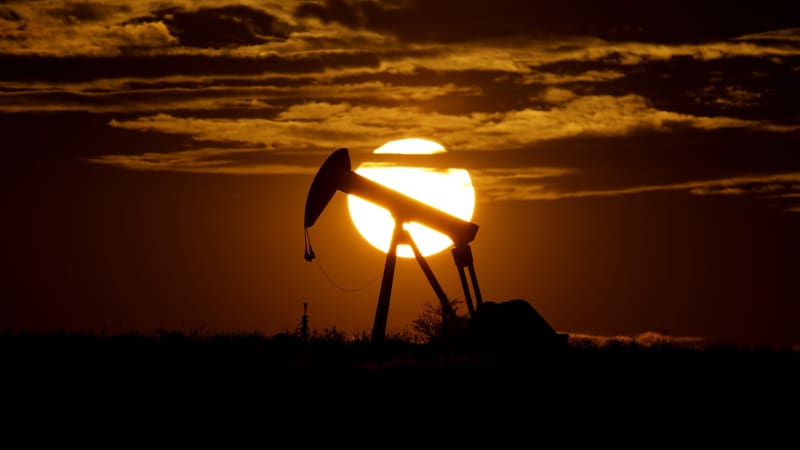U.S. oil production will remain 'historically high’ through 2050 — new government report

Despite his campaign rhetoric of ending fossil fuels, President Biden acknowledged in his recent State of the Union address that “we’re going to need oil for at least another decade.”
But a new report released Thursday by an independent agency of Biden’s own government projects it will even be much much longer than that.
In fact, the 2023 Annual Energy Outlook from the Energy Information Administration (EIA) finds that U.S. oil production may even increase between now and 2050 even as clean energy sources like wind and solar power increase dramatically as well.
The analysts say that U.S. demand for oil and gas is likely to remain remarkably steady for decades and “we expect U.S. production to remain at historically high volumes as exports of finished products grow,” said Angelina LaRose, EIA Assistant Administrator for Energy Analysis, during a session Thursday around the release of the report.
The EIA is an independent government agency that prepared this week’s report without the input of the White House or other officials like Energy Secretary Jennifer Granholm. Their predictions have also been echoed by outside experts in recent months, but Thursday’s release marks an official government acknowledgment of the widespread expectation that U.S. oil and gas production isn’t likely to wane anytime soon.
‘Motor gasoline and diesel fuel are still in demand for 2050’
The U.S. currently produces about 20 million barrels of oil per day. Looking to 2050, the EIA analysts see the possibility of one “high oil and gas supply” scenario where that number jumps to around 30 million barrels per day in 2050. Production stays steady or goes down slightly in other models but in every case that the analysts modeled, the U.S. will remain a net exporter of petroleum products and natural gas through 2050.
The newly released report is likely to be oft-cited by President Biden’s Republican critics, many of whom jeered when he made his State of the Union prediction. GOP and industry critics say that Biden and his aides’ constant downplaying of the future for oil and natural gas companies has made companies fearful of investing for the future.
The report also comes in the wake of a Biden administration decision to approve the ConocoPhillips’s Willow drilling project in Alaska which will produce new oil for years.
EIA analysts also see explosive growth in clean energy and clean electricity in the decades to come. The report offered three other key predictions for the energy industry that should also hearten environmentalists.
It forecasts rapidly falling CO2 levels largely thanks to declines in coal production and large growth in renewable energy production “in all regions of the United States.” It also expects that technological changes such as more heat pumps in homes and more electric vehicles on the road will drive the overall energy industry towards cleaner energy.
But the process is likely to be very gradual. In the EV space, for example, EIA analysts project that clean cars will only make up less than 20% of the overall automobile market in 2050.
“Motor gasoline and diesel fuel are still in demand for 2050,” LaRose noted.
Another report released by the agency on Thursday dug into the possible effects of 2022’s Inflation Reduction Act on the energy sector, foreseeing significant changes from the landmark climate law. On overall CO2 output, levels are projected to fall 25% to 38% below 2005 levels by 2030 driven by changes coming online related to the law.
Ben Werschkul is Washington correspondent for Yahoo Finance.
Click here for politics news related to business and money
Read the latest financial and business news from Yahoo Finance
Download the Yahoo Finance app for Apple or Android
Follow Yahoo Finance on Twitter, Facebook, Instagram, Flipboard, LinkedIn, and YouTube



